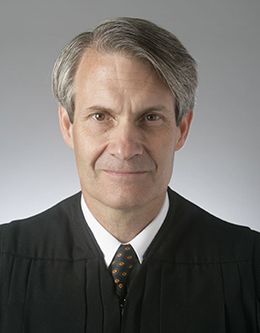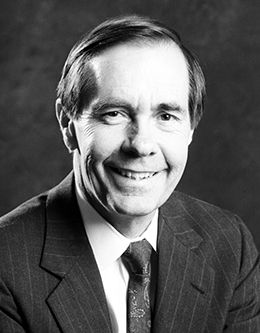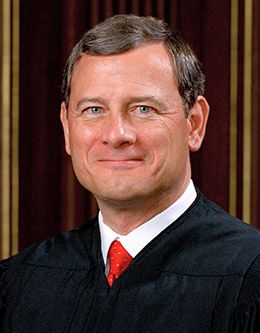The noteworthy historical intersection of the U.S. Supreme Court and Brigham Young University goes all the way back to the Karl G. Maeser era, when in 1879, 17-year-old George Alexander Sutherland came to the newly established Brigham Young Academy. Later, serving as a justice to the United States Supreme Court, Sutherland acknowledged what a decisive influence Maeser had on his life. Though not reared in the faith of The Church of Jesus Christ of Latter-day Saints, Justice Sutherland always held the Church in high esteem and numbered many members as his close friends and partners.
Such connections have continued down the corridors of BYU's history. Ernest L. Wilkinson worked for future Supreme Court chief justice Charles Evan Hughes. And three of our BYU presidents clerked for Supreme Court judges: Dallin H. Oaks clerked with Chief Justice Earl Warren, and Rex E. Lee and Kevin J Worthen each clerked for Justice Byron R. White.
It was Rex E. Lee who was chose as the first dean of BYU's J. Reuben Clark Law School (where five students out of his first 13 graduating classes clerked for Supreme Court justices). Lee later became the U.S. solicitor general for the Reagan administration and argued 59 cases before the U.S. Supreme Court during his legal career.
While also highlighting the importance of government and religious freedom, these addresses given at BYU discuss the U.S. Supreme Court and its role in upholding the law.






